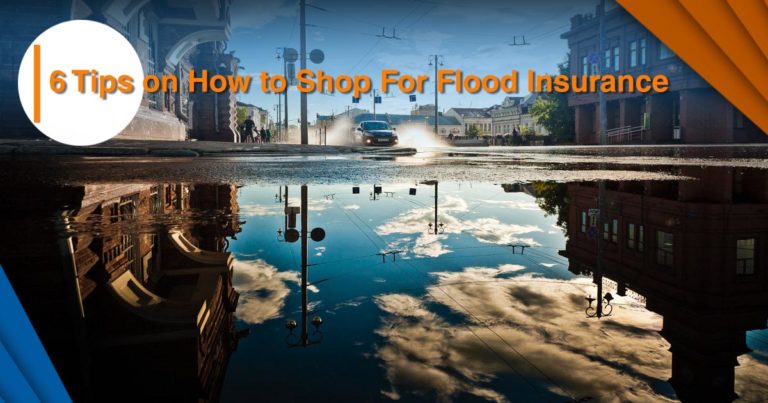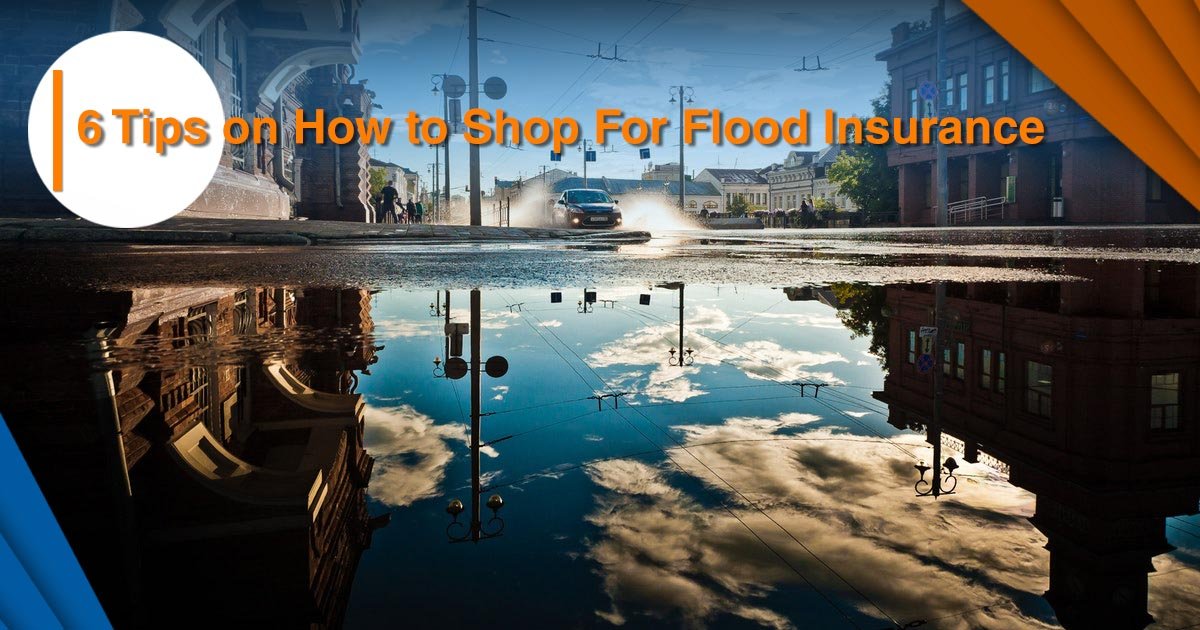
 We all know that insurance policies and everything involved with them can be a little bit confusing and frustrating. But there’s no need to worry. We’re here to help and make the process of shopping for flood insurance relatively easy. Most of the people that buy homeowners insurance often forget about one important essential protection, that is Flood Insurance.
We all know that insurance policies and everything involved with them can be a little bit confusing and frustrating. But there’s no need to worry. We’re here to help and make the process of shopping for flood insurance relatively easy. Most of the people that buy homeowners insurance often forget about one important essential protection, that is Flood Insurance.
According to the nonprofit Insurance Information Institute (III), flood damage takes place in 90 percent of all natural disasters in the United States. Therefore, making it the nation’s most common natural disaster.
No matter where you live, even if it’s far away from the coastlines, you should get flood insurance. According to the Federal Emergency Management Agency (FEMA), approximately 25 percent of flood claims are paid to the ones who live in areas considered to be at low to moderate risk for flood.
1. Flood Insurance Basics
In the USA, flood insurance is provided by the federal government. Homeowners, renters, and businesses get flood insurance through the National Flood Insurance Program (NFIP). But be aware when buying flood insurance, because it comes in two separate policies – one for contents and one for your property structure.
Contents coverage reimburses the contents damaged in your property, while structural coverage reimburses damage to your home. But there’s a catch, NFIP provides limited protection. For residential properties, the government has a limit of $250,000 for structural coverage. Both renters and homeowners can ensure contents up to $100,000. Almost every homeowner who buys a FEMA policy has to wait 30 days until it goes into effect.
If you’ve paid off your house this coverage is optional. But if you have a mortgage, most lenders require an appropriate flood policy.
Also, you must purchase coverage if you live in an area that’s at a high risk of flooding and you got your mortgage through a federally regulated or insured lender. For example, a mortgage insured by the Federal Housing Administration.
2. See if You Need Private Coverage
Many of the homeowners buy their flood insurance coverage through NFIP. The coverage is relatively cheap because the government keeps premium prices artificially low by not fully pricing in the risk of flooding. Also, there are private insurers that sell flood insurance. But there’s a catch, most of them tend to have a bit more expensive policies than what NFIP offers.
Therefore, because the higher prices, policies sold by private insurers make sense just for people that want coverage levels above the government’s coverage limits.
Why does this matter? Because, the homeowner can purchase an NFIP policy, and then buy a separate policy from a private insurer to cover any damage higher than the NFIP coverage limits.
3. Find out if you qualify for a preferred rate
The average flood insurance policy normally costs around $600 a year, according to NFIP. But there are plenty of factors for the pricing, like:
- The location of your property and its elevation level
- How much insurance coverage you purchase
- How big is the risk of flooding in the area
- What items you decide to cover
- The amount of the deductible you choose
At a preferred rate, you can just pay $129 annually for a policy that has $20,000 in building coverage and $8,000 in contents. But only if your home is located in a low or moderate risk area.
Nonetheless, before settling on the coverage amount, know that between 2008 and 2012, the average flood insurance claim capped $38,000, according to NFIP.
Our flood insurance agents can tell you whether or not you live in a low or moderate-risk area. You can also find out on our flood insurance quotes comparison page or more on FloodSmart.gov, the official NFIP site.
Homeowners located in a high-risk area must buy a standard-rate policy. They can buy a combined building and contents policy, or coverage for just one or the other.
Prices in high-risk areas can be a lot higher. As an example, a standard-rated policy that has $30,000 of building coverage and $10,000 in contents coverage can cost up to $600 annually.
4. Know what’s covered
Building coverage protects the structure, and foundation of your house if a flood occurs. It also covers the electrical and plumbing systems.
On the other hand, only up to 10 percent of the property coverage limit applies to garages.
Other things that are covered:
- Central air conditioners and furnaces
- Window blinds
- Water heaters
- Permanently installed carpeting, paneling, wallboard, bookcases, and cabinets
- Refrigerators
Contents coverage can cover items like clothing, furniture, and your electronic equipment. Other valuables such as furs or artwork generally are covered up to $2,500.
5. Find out what’s not covered
Some things will not be covered under the flood insurance, so the best thing is to know what’s not covered.
For example, damages from moisture, mildew or mold are not covered because the homeowner could have prevented it.
Also, losses caused by sewer or drain backup are not covered. For this, you need to get a sewer and drain backup endorsement to your homeowners’ policy.
The flood insurance policy also doesn’t cover trees, decks, patios and swimming pools.
You can find out more information on what is and what isn’t covered in the NFIP’s Summary of Coverage document.
6. Be aware of your basement coverage
For many homeowners, the riskiest area for flooding to occur is in the basement. However, most likely you will not get basement coverage.
The National Flood Insurance Program coverage for basements is extremely limited, and won’t cover all the stuff in your basement.
That can pose a problem for people that turn their basements into apartments, with full kitchens and living rooms.
Basement areas that don’t qualify for flood coverage include:
- Finished walls
- Ceilings
- Floors
- Personal belongings
Building coverage protects a few items in your basement that are necessary to support your structure, including the furnace, water heater or circuit breakers, as well as some items like washers and freezers.
We hope you’ll use our tips and save a lot of money on flood insurance. And if you know anyone else that might have a benefit from this article feel free to share it, because it will probably help them out.